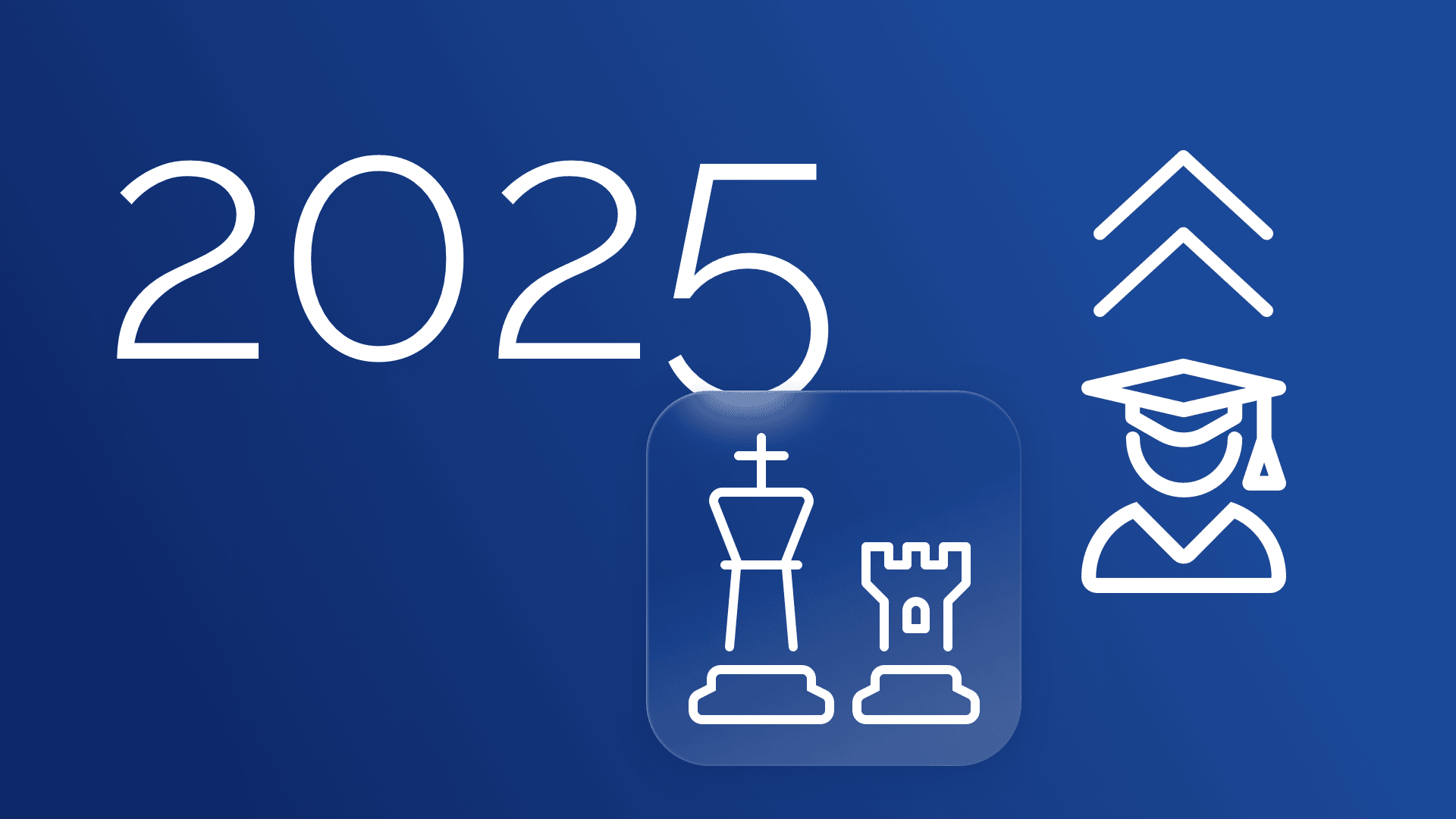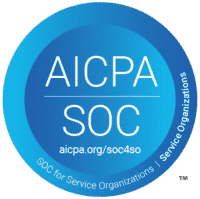Anyone working with university enrollments has seen this coming for years. It is projected that by 2025 higher education will experience a dramatic drop in traditional, college-aged population enrollments. While the outlook is grim, this article will look into strategies that can help higher education bounce back and mitigate the risks associated with enrollment drop.
What is the 2025 enrollment cliff?
The 2025 enrollment cliff is a term that has been used to describe the projected drop in college enrollments that is expected to occur in 2025. This drop is expected to be significant, with some experts predicting that the number of college students could decline by as much as 15% in the coming years.
Enrollment cliff is a result of a number of factors, including a decline in birth rates since the Great Recession in 2008, the aging of the population, the increasing cost of college, and changes in the economy and job market.
Besides these factors, enter other aggressive factors steepening the enrollment drop further
- The COVID-19 pandemic has brought market volatility and financial strain resulting in detrimental impacts on higher education
- A cultural paradigm shift has made traditional higher education degrees less desirable to pursue
- Increase in competition and a growing number of educational institutions
As a result of this steep decrease in the number of college students, businesses and industries that rely on a highly educated workforce might experience negative implications, further impacting the economy. The enrollment cliff also suggests that higher education institutions can expect lower tuition revenues, forcing them to increase their fees or lower financial aid offerings.
Due to multiple unavoidable factors, it is not surprising that the cliff is near and the consequences that it will bring could be significant. Higher education leaders must make pivotal changes today to revolutionize the industry and mitigate the risks coming together with the enrollment cliff.
How can colleges and universities navigate this unavoidable enrollment cliff?
It is critical for higher education aside from improving their brand and strengthening academic offerings to find sustainable ways that will help curb the enrollment cliff. One of the big trends higher education is witnessing is increased interest in non-degree pathways such as continuing education.
According to a study done by Strada, 68% of adults prefer non-degree studies over traditional degrees. This shows that adult learners represent an untapped potential for new enrollments making continuing education departments a key source that can help higher education bounce back from the upcoming enrollment decrease.
Continuing education programs at higher education institutions can help them stay relevant and competitive by offering courses and programs that are in high demand and aligned with the needs of the workforce. These programs are attractive to a growing number of students who may not want to enroll in a traditional four-year degree program but would like to upskill themselves or learn new skills that are in-demand. Thus, they not only provide additional sources of revenue but also help bridge society’s skills and knowledge gap.
Continuing education can help universities and colleges maintain their enrollment numbers and financial stability during a time when traditional enrollment is expected to decline. By offering a wide range of educational opportunities, higher education institutions can appeal not only to traditional students but to a broader range of students and meet the diverse needs of today’s learners.
If you’re looking for ways to mitigate the impact of the 2025 enrollment cliff for your higher education institution, consider investing in your continuing education programs.



